Memorial hall and citywalk routes immerse visitors in wartime sacrifices made by soldiers, Zheng Zheng reports.
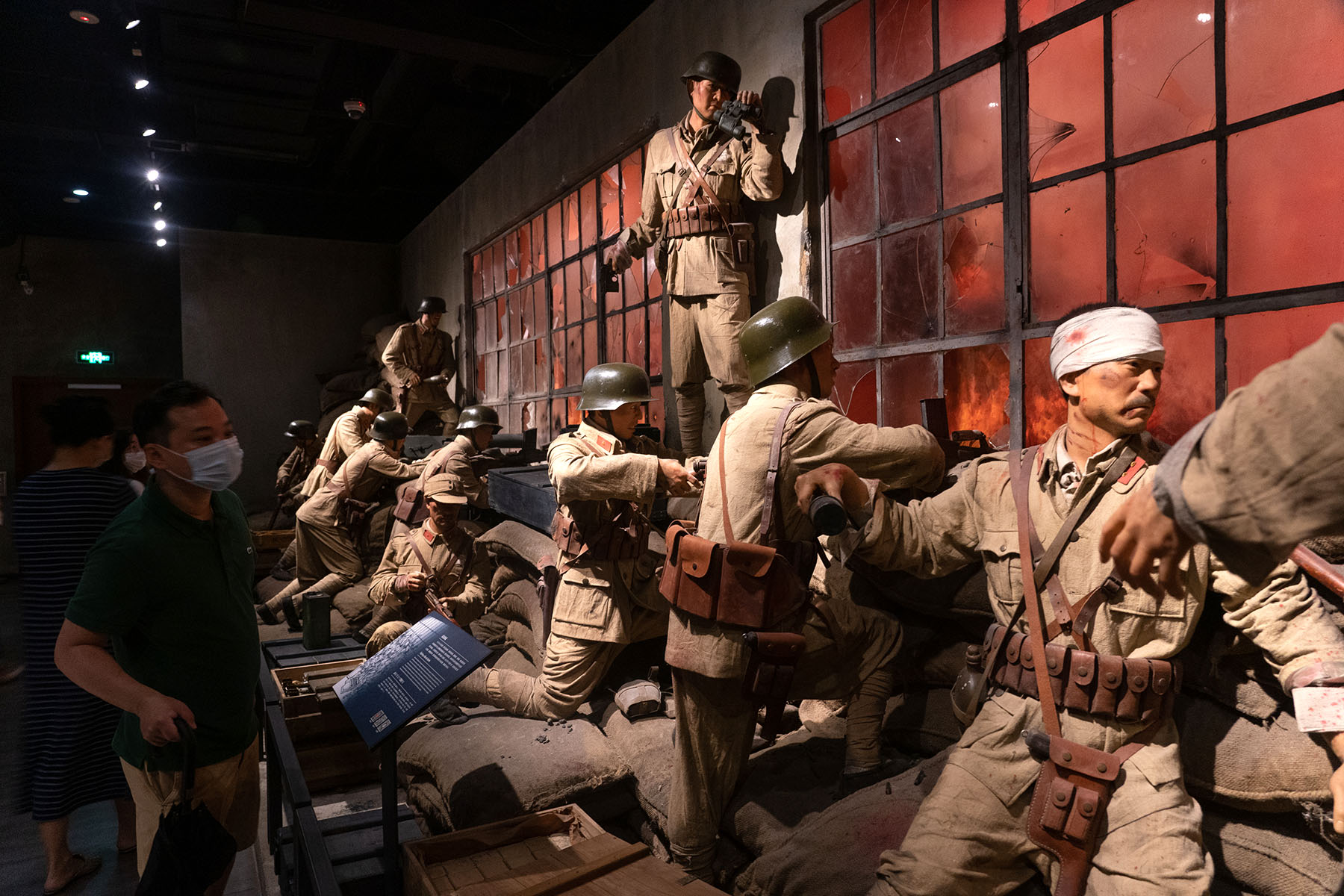
Standing alongside Suzhou Creek in central Shanghai, the Sihang Warehouse Memorial Hall has weathered nearly a century of history. Its bullet-scarred west wall still bears silent witness to one of the most inspiring battles of resistance during the Chinese People's War of Resistance Against Japanese Aggression (1931-45).
The former warehouse's name, "Sihang", means "four banks" in Chinese and was originally established by four leading Chinese financial institutions in the 1930s: Yienyieh Bank, Kincheng Bank, China & South Sea Bank, and Continental Bank.
In October 1937, Lieutenant Colonel Xie Jinyuan led approximately 420 Chinese soldiers in defending their strategic position against Japanese forces. These defenders held their ground at the Sihang Warehouse for four days and nights, inflicting heavy casualties on the enemy.
"While the four-day defense may seem brief in the broader context of the war, its impact was profound," says Ma Youjiong, curator of the Sihang Warehouse Memorial Hall.
READ MORE: Digital diary of unsung courage
"The battle took place in the heart of Shanghai, adjacent to the international settlement, and was witnessed by both Chinese citizens and foreigners. Coming at a time when Chinese forces had suffered many setbacks, this display of determined resistance greatly boosted public morale," he adds.
"This warehouse will be the tomb of all 420 soldiers. As long as one man remains, we will fight to the death," the lieutenant colonel told his men before the battle, according to accounts in a memoir by his son Xie Jimin.
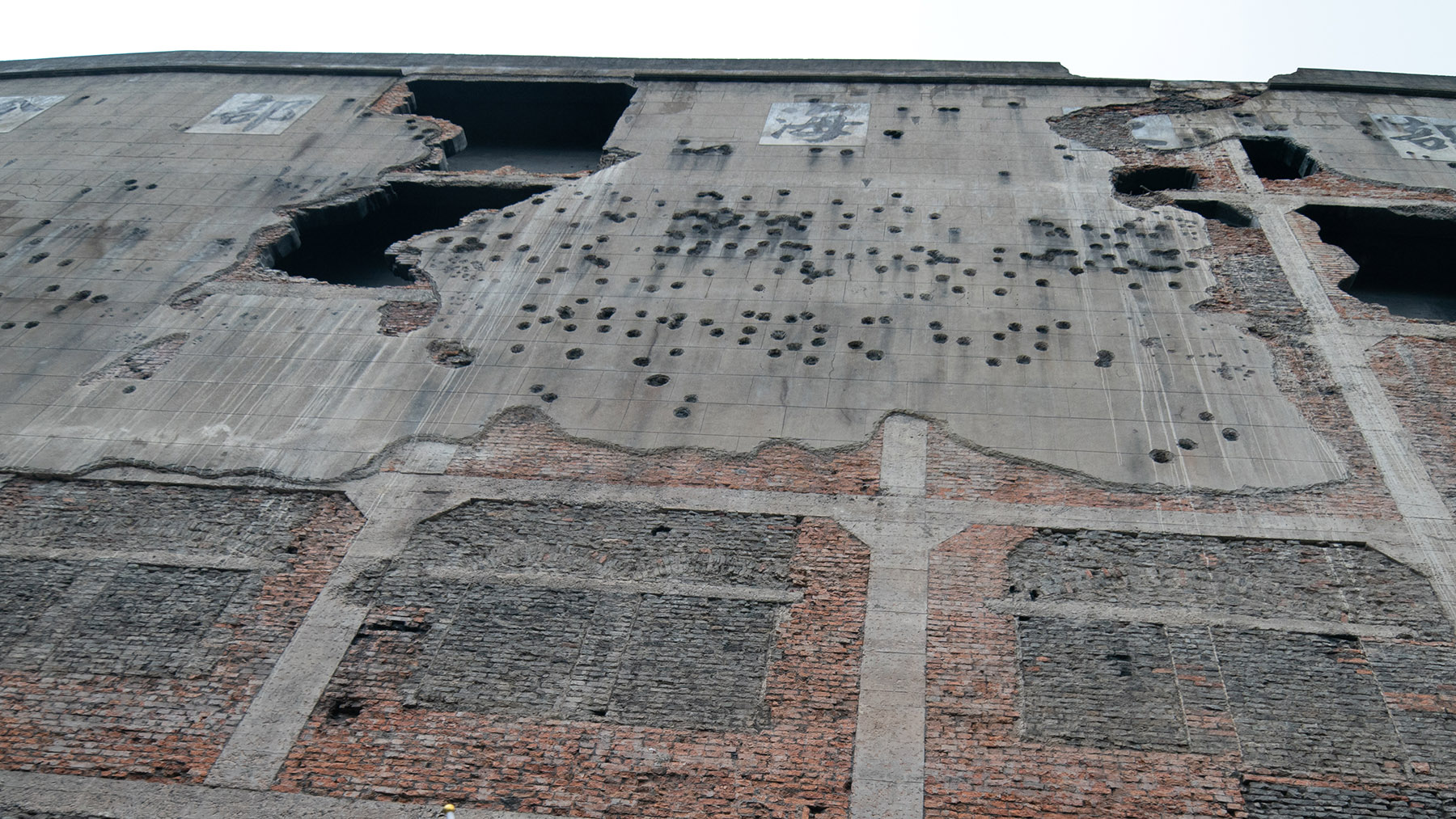
Commemorating the heroes
The defenders' strength was deliberately exaggerated to boost morale and mislead the enemy, which earned them the enduring title of "800 Heroes".
Today, part of the warehouse has been transformed into a memorial hall that draws many visitors. The building's west wall, deliberately restored with eight artillery holes and more than 400 bullet marks, serves as a powerful reminder of the fierce combat that once raged there.
Inside the memorial hall, the exhibition areas display artifacts, sculptures and modern technology to re-create the atmosphere of the battlefield.
"We chose to establish the memorial in the original building and restored the old warehouse, including the west wall. Through numerous reconstructed scenes, including wax figures of the soldiers, we aim to present the entire battle as a memorial to the heroism of these brave defenders," Ma explains.
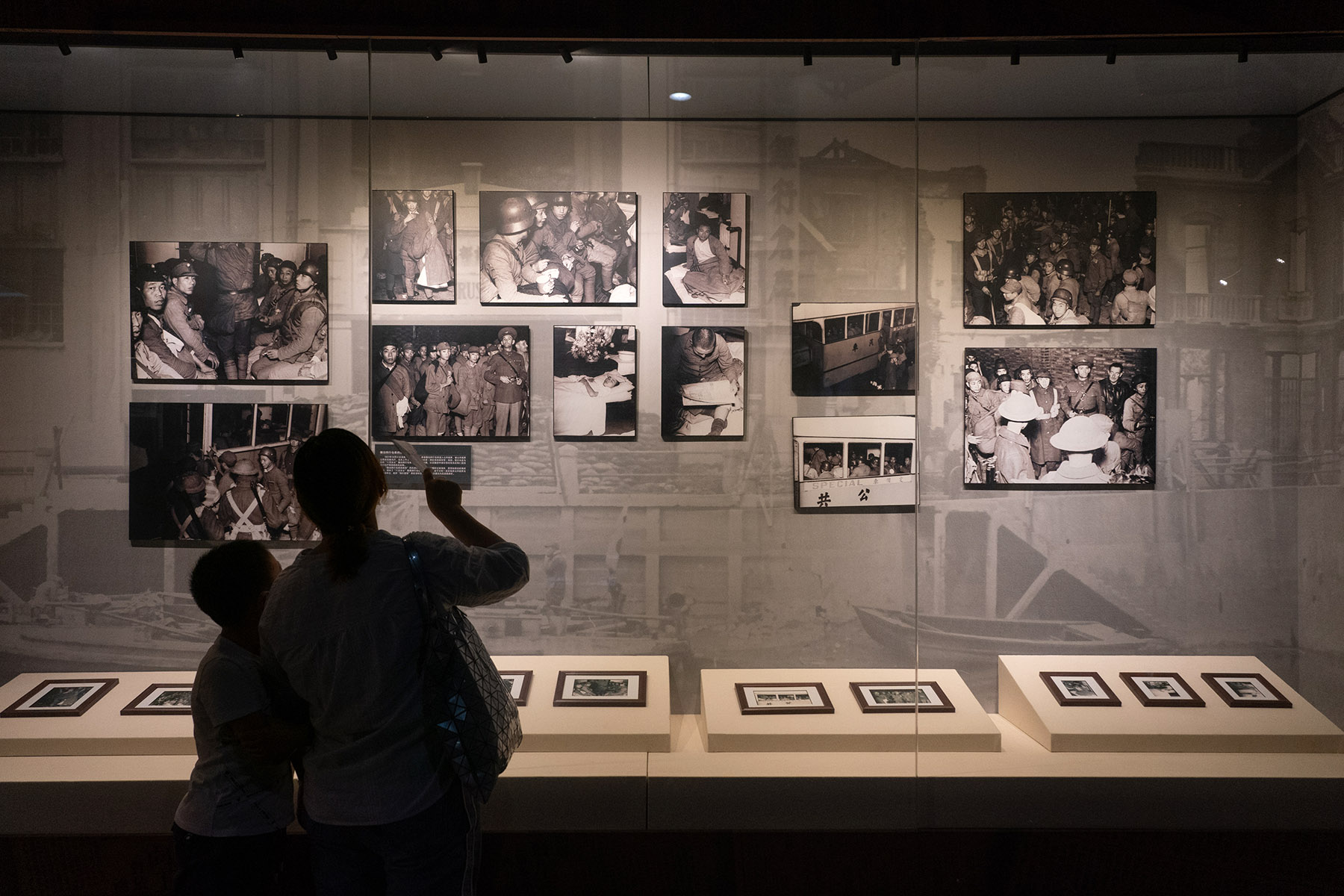
Among the memorial's treasures are two sets of photographs by Hyland Lyon, who worked for the Associated Press as a photographer. Lyon documented both the Japanese assault and the defenders' eventual withdrawal.
"These rare battle photographs fill a crucial gap in domestic archives, enabling a full documentation of this precious chapter in wartime history," says Ma.
Since the memorial's 2015 public opening, visitor numbers have surged, particularly after the 2020 release of The Eight Hundred, a film depicting the warehouse battle. Last year, over 1.54 million people visited, with about 30 percent of the visitors coming from outside Shanghai.
"We've had visitors from almost every province in China," Ma notes. "During summer breaks, we see many young people coming in groups, often as part of study tours."
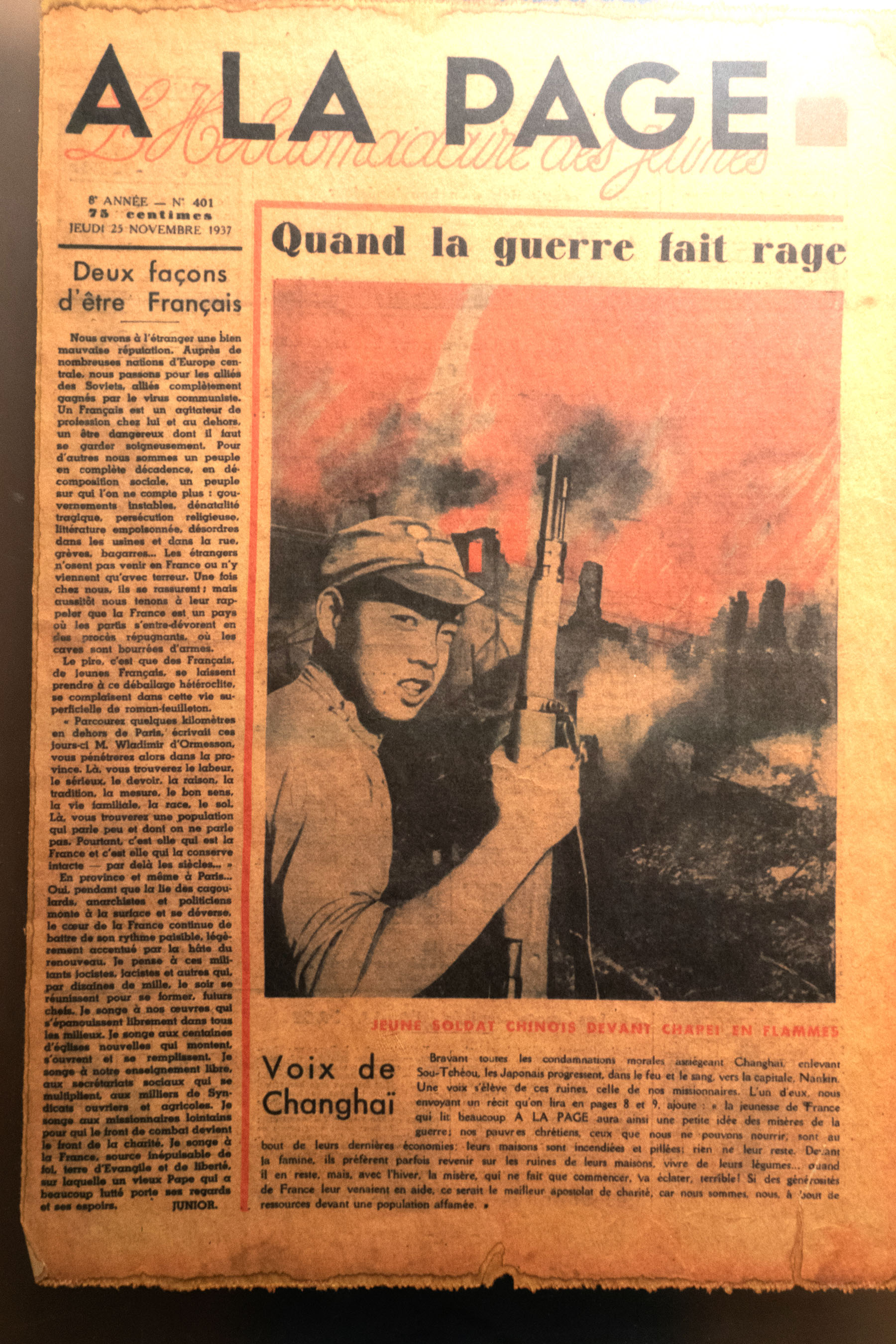
A guided tour
To extend the historical experience beyond museum walls, the memorial launched a guided citywalk route themed around the battle, which was developed with the local cultural organization SimpliCity. The route enables visitors to retrace the footsteps of the defenders along Suzhou Creek.
The route encompasses the Xizang Road Bridge, the former Bank of China warehouse, and locations depicting the Chinese defenders' withdrawal to their military camp.
"We've researched these sites along the route over the past few years in collaboration with the memorial hall," says Zhu Yining, CEO of SimpliCity. "When registration opened for the walks, spots filled within five minutes, far exceeding our expectations."
The walking tour aims to make history more accessible and engaging, particularly for younger generations and international visitors. "History should not remain confined to textbooks or museums. By retracing the actual footsteps through real places, everyone can tangibly walk through history," Zhu says.
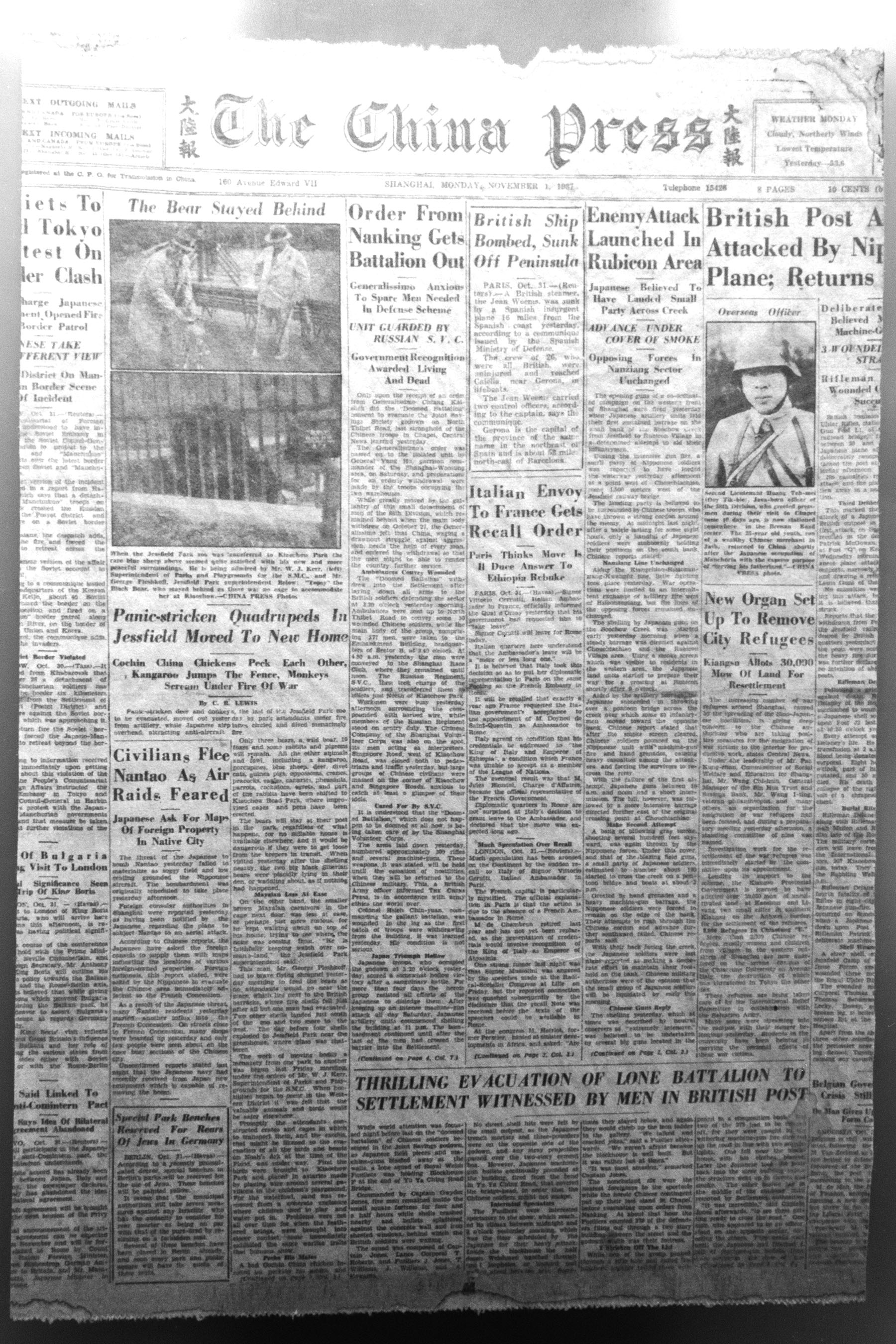
Eight tours are scheduled this year, including two English-language sessions for foreign visitors, Zhu says. "Many participants are parents with their children. We've been impressed by the young people's knowledge and engagement on the route."
History should illuminate the present and guide the future, Zhu emphasizes, adding that retracing these historic steps connects people to the city's present while inspiring thoughts about its future development.
The citywalk program represents a fresh approach to learning. "We are referred to as a walking museum or classroom," Zhu notes. "We aim to help people form more connections with historic sites. When locations like the Sihang Warehouse and Suzhou Creek become more than a name on the map, people develop a deeper love for the city."
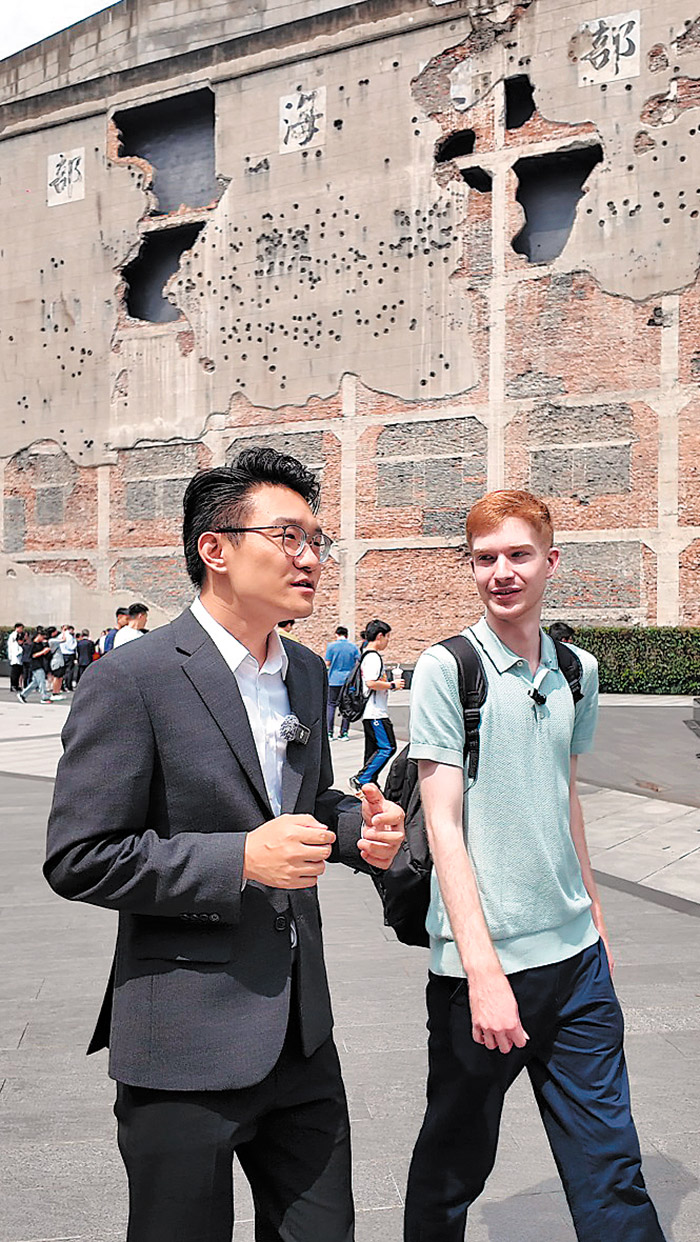
Smart education
The memorial is also exploring new ways to tell its story, including immersive technologies and artificial intelligence applications. "While preserving the physical evidence of the battle remains crucial, we are exploring innovative ways to help visitors, especially young people, engage with this history," Ma explains.
Beyond public education, the memorial actively collects and researches related history. It organizes 20 to 30 annual activities themed around the war against Japanese aggression, Ma adds.
As China commemorates the 80th anniversary of the victory in the Chinese People's War of Resistance Against Japanese Aggression and the World Anti-Fascist War, the Sihang Warehouse stands as a testament to the sacrifices and determination that helped build modern China.
ALSO READ: Wartime relics tell of sacrifice and resolve
"It's hard to imagine that these young soldiers sacrificed themselves and did everything possible for the country. As young people, we might not think about the world this way, but many people make these sacrifices for future generations to be more prosperous," says Benjamin Miller, a 21-year-old British international student at Tongji University, after visiting the memorial hall and joining the citywalk.
"You can explore the area's scenery and history on these walks. Understanding the battle helps to comprehend not just history but China and Shanghai as a whole. I hope more foreign tourists discover this different side of Shanghai. It's crucial for understanding history from a modern perspective," he adds.
If you go
Sihang Warehouse Memorial Hall
Address: 1 Guangfu Road, Jing'an district, Shanghai.
Opening hours: 9 am to 4:30 pm (enter before 4 pm), Tuesdays to Sundays.
Contact the writer at zhengzheng@chinadaily.com.cn


